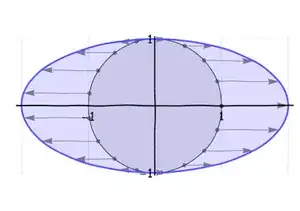This is a potentially controversial question, I think you'll find some who'd say "yes" and some who'd say "no".
A key issue here is that there are mathematical terms that have a clear mathematical definition, and one can then say clearly whether they are used correctly or not, and general language/interpretation terms that can have an ambiguous meaning. Statistical significance, in my view, is uncomfortably between the two. One can give it a formally well defined meaning within the frequentist significance testing framework, but some may argue that this would be too narrow a concept.
A rather broad definition would be that data indicate significant evidence against a model if they fall in a set with low probability under that model (obviously requiring the specification of a significance level, say 5%), and the construction of the set from the data needs to be pre-specified (in case of your Bayesian example it can probably be argued that it was or at least could have been decided before knowing the actual data that the specific prediction interval computed there would be of interest). This definition may apply to the example (in fact I cannot be sure, see the disclaimer below). Had a specific model without intervention effect been true, the average response would have been expected with large probability in a certain interval, but it didn't occur there, so there's significant evidence against that model according to the definition above.
Note though that this model in a Bayesian setting involves the prior; there's "significant evidence" in this way not against the sampling model alone, but against the sampling model plus the prior, and somebody could argue (obviously knowing the details, which I don't) that with another prior it wouldn't have been significant. "Significance" in this way would apply if the model were to be interpreted in a frequentist manner, i.e., with a frequentist process of parameter generation as described by the prior (sometimes referred to as "empirical Bayes").
There are also Bayesians who would object to the use of the word here because they are very critical of frequentist significance tests and therefore think that the term "significance" should be avoided in Bayesian statistics. Something to that effect (you need to read a bit between the lines) is stated here:
https://www.tandfonline.com/doi/full/10.1080/00031305.2019.1583913
I personally am fine with the use you quote here (see the disclaimer though), but the dependence on the prior is crucial to acknowledge.
Disclaimer: In general, Bayesian prediction/credibility intervals may or may not be valid regarding frequentist properties (in particular regarding frequentist "significance"). This depends on the specific setup, prior choices etc. I haven't checked the linked software, so I don't know whether frequentist "significance" as explained above applies in this particular case.

